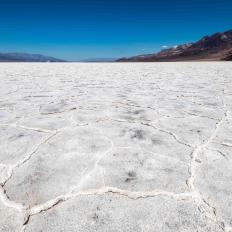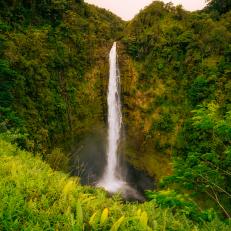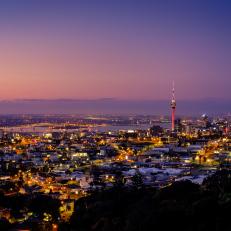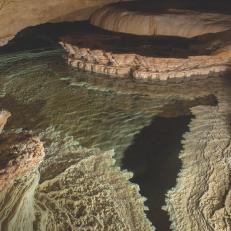The Driest Place on Earth
The Atacama Desert is the driest place in the world. Located in Arica, Chile, its annual rainfall is only 0.03 inches. The landscape is so arid, that NASA's astrobiologists travel to the Atacama Desert hoping it will lead them to clues about life on other planets.
Learn more about the driest environment on planet earth.
The Atacama Desert is a strip of land on the Chilean coast, west of the Andes Mountains. The desert plateau is 990 miles long, and is the only true desert to receive less rain than the polar deserts.
The Atacama Desert is ironically located next to the largest body of water in the world, the Pacific Ocean.
Most of the Atacama consists of stony terrain, salt lakes, sand, and felsic lava.
The region's extreme dryness comes from a constant temperature inversion. The cool Humbolt ocean current flows in from the north opposed by the South Pacific High anticyclone's high atmospheric pressure. The resulting condition hampers the evaporation of seawater, producing fog and clouds... but no rain.
The desert has been used as an experimentation site for "Mars on Earth" expedition simulations.
Unlike most deserts, the Atacama stays relatively cool. The average summer temperate is about 65 degrees Fahrenheit.
Rumor has it that Atacama's Calama City didn't see any rain for 400 years until a sudden storm came in 1972.
The desert is home to the largest natural supply of Sodium Nitrate in the world. Chile experienced a mining boom in the 1940s, and today you can still spot abandoned mining towns petered through the desert.
The Atacama is also the oldest desert in the world. It has experienced semiarid conditions for about 150 million years.



















